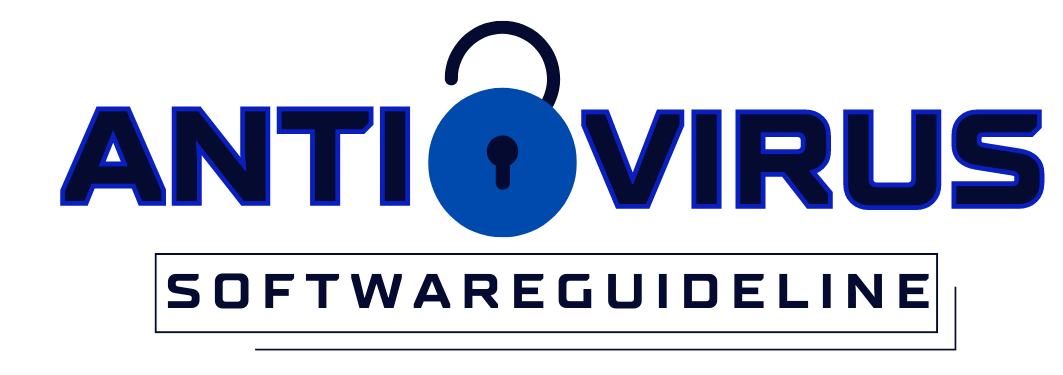
Agile and DevOps are two terms often used interchangeably in software development, but they are different concepts. Agile is a methodology for software development that emphasizes flexibility, rapid iteration, and customer satisfaction. DevOps, on the other hand, is a set of practices that emphasizes collaboration and communication between development and operations teams to streamline the entire software development life cycle.
So, how do Agile and DevOps interrelate? While they have different origins and methodologies, they can work together in a complementary way. Agile can be thought of as a development methodology, while DevOps is a set of practices for software delivery. Agile provides the foundation for rapid software development, while DevOps ensures smooth and efficient software delivery.
In order to achieve the full benefits of Agile and DevOps, software development teams must embrace both methodologies and work together to optimize the entire development process. When implemented correctly, the interrelation between Agile and DevOps can create a powerful synergy that results in faster, more efficient software development and delivery.
The Fundamental Principles of Agile
Agile is a methodology that has transformed the way software development teams operate. This methodology emphasizes collaboration, flexibility and responsiveness to change. Agile’s main principles include prioritizing customer satisfaction, welcoming changes in requirements, delivering functional software frequently, and leveraging face-to-face communication between team members over tools and processes.
When thinking about how Agile and DevOps interrelate, it’s important to understand that Agile is focused on the development process, whereas DevOps is focused on the delivery of quality software as quickly and efficiently as possible. DevOps brings together development and operations teams to create a culture of collaboration and alignment, with the shared goal of automating processes, monitoring application performance and delivering software updates in an agile manner.

Agile and DevOps share some common principles, such as encouraging feedback loops and continuous improvement. However, they are two distinct methodologies that serve different purposes in the software development lifecycle. For example, while Agile focuses on delivering working software in small iterations, DevOps emphasizes automating and streamlining testing, deployment and operations to achieve continuous delivery.
In summary, Agile and DevOps interrelate in the sense that they both prioritize flexibility, collaboration and rapid delivery, but they serve different purposes in the software development lifecycle. Agile focuses on the development process, while DevOps emphasizes the delivery and operations of high-quality software. By incorporating both methodologies, organizations can gain a competitive edge by delivering faster and more effectively to meet the needs of their customers.
how do agile and devops interrelate
To fully understand how agile and DevOps interrelate, it’s important to first discuss the core tenets of DevOps. In essence, DevOps is a methodology that seeks to streamline and automate software development and deployment to achieve faster and more reliable outcomes. There are four core tenets of DevOps:
1. Collaboration and Communication
DevOps stresses the importance of collaboration and communication between development and operations teams. This is achieved through regular meetings, cross-functional training, and the implementation of shared tools and systems. By working together, these teams can ensure that new features are deployed quickly and without any issues.
2. Automation
DevOps relies heavily on automation to drive greater efficiency and reliability in the software development process. This includes the use of automated testing tools, continuous integration and deployment (CI/CD) pipelines, and infrastructure as code (IAC) templates. Automation frees up developers to focus on creating new features and functionality, rather than worrying about manual testing and deployment.
3. Continuous Improvement
In DevOps, continuous improvement is a guiding principle. This means regularly assessing and tweaking the software development process to identify areas for improvement, whether that be streamlining code review or implementing new testing processes. DevOps teams are encouraged to experiment with new tools and methodologies to achieve better outcomes.
4. Customer Focus
Finally, DevOps emphasizes the importance of delivering software that meets customer needs. This means soliciting feedback from customers early and often, and using that feedback to guide the development process. DevOps teams prioritize the delivery of new features and functionality that address customer pain points and provide value.
In summary, the core tenets of DevOps – collaboration and communication, automation, continuous improvement, and customer focus – serve as a framework for achieving greater efficiency, reliability, and customer satisfaction in the software development process. When combined with agile methodologies, DevOps can help organizations achieve their goals more quickly and with greater precision.

Synergies and Differences between Agile and DevOps
Agile and DevOps are two different methodologies that share a similar goal: to allow organizations to deliver high-quality software products quickly and efficiently. While they share similarities, the synergies and differences between the two have caused some confusion among experts and practitioners.
Synergies:
1. Culture: Both Agile and DevOps require a culture of collaboration, communication, and continuous improvement. Agile fosters cross-functional teams that work together to deliver small, incremental updates quickly. DevOps takes this to the next level by emphasizing automation and the culture of “fail fast, learn fast.”
2. Continuous Integration and Deployment (CI/CD): CI/CD is the backbone of both Agile and DevOps. In Agile, developers integrate code frequently to identify and solve problems early. In DevOps, the emphasis is on continuous deployment of code, reducing the time to market.
3. Customer Focus: Both methodologies prioritize the customer, ensuring that software products meet their needs and are delivered on time. Agile’s iterative and incremental approach allows organizations to quickly adapt to changing customer requirements. DevOps’ fast delivery allows organizations to respond to customer needs faster.
Differences
1. Scope: Agile methodologies focus primarily on the software development process, while DevOps extends this to the entire development pipeline. DevOps emphasizes tight integration between development, testing, and operations, ensuring a seamless pipeline from code to deployment.
2. Speed vs. Quality: Agile prioritizes speed and encourages developers to release products quickly to identify problems early. DevOps prioritizes quality and emphasizes automation to ensure stable releases and minimal downtime.

3. Roles and Responsibilities: Agile emphasizes cross-functional teams, including product owners, developers, and testers. In DevOps, developers take on traditional operations roles, working with infrastructure and deployment engineers to ensure smooth releases.
In conclusion, Agile and DevOps are complementary methodologies with similar goals but different approaches. While Agile is focused on the development process, DevOps extends this to the entire development pipeline. Regardless of the methodology used, the focus on culture, continuous integration, and the customer is paramount for delivering high-quality software products quickly and efficiently.


























